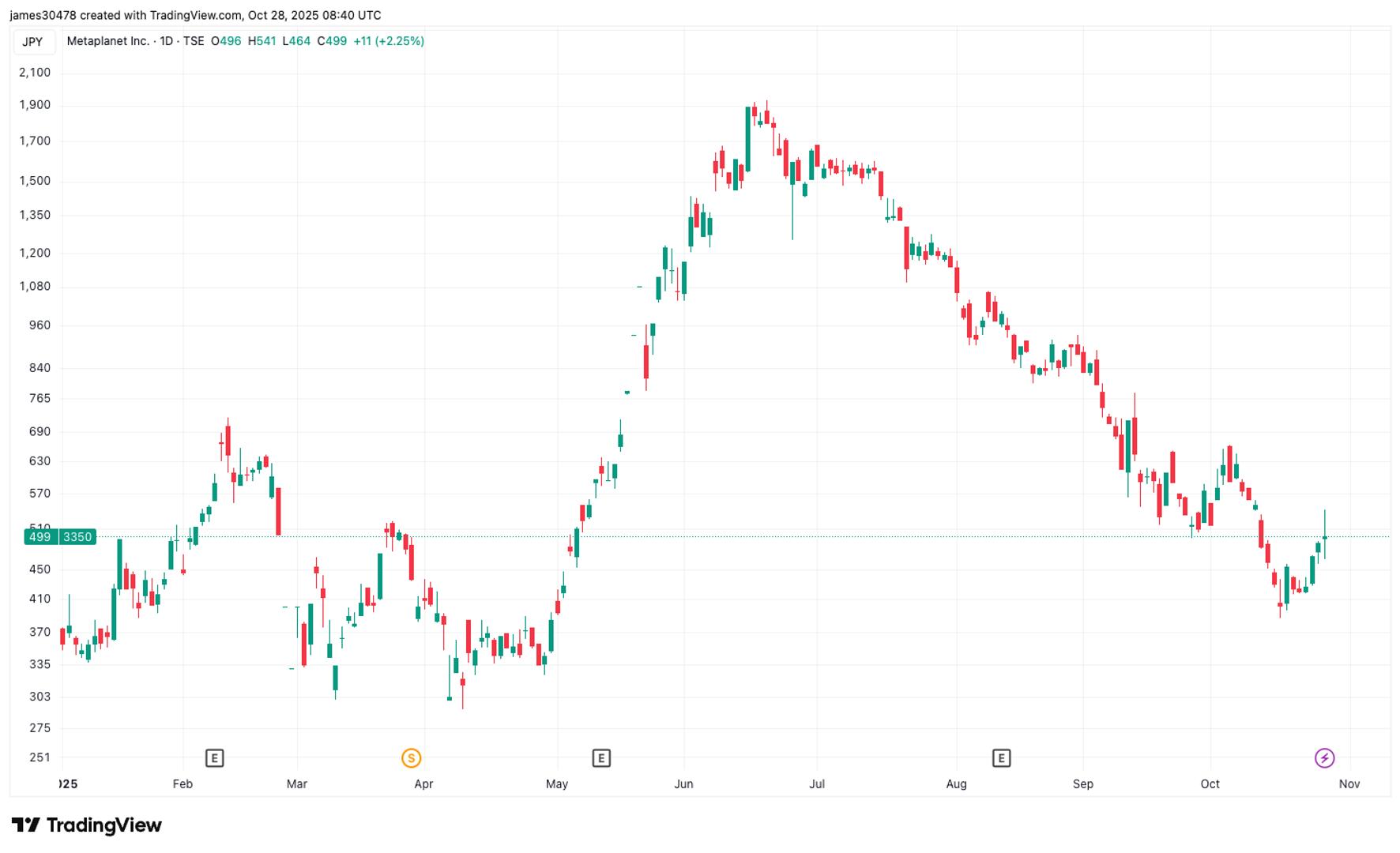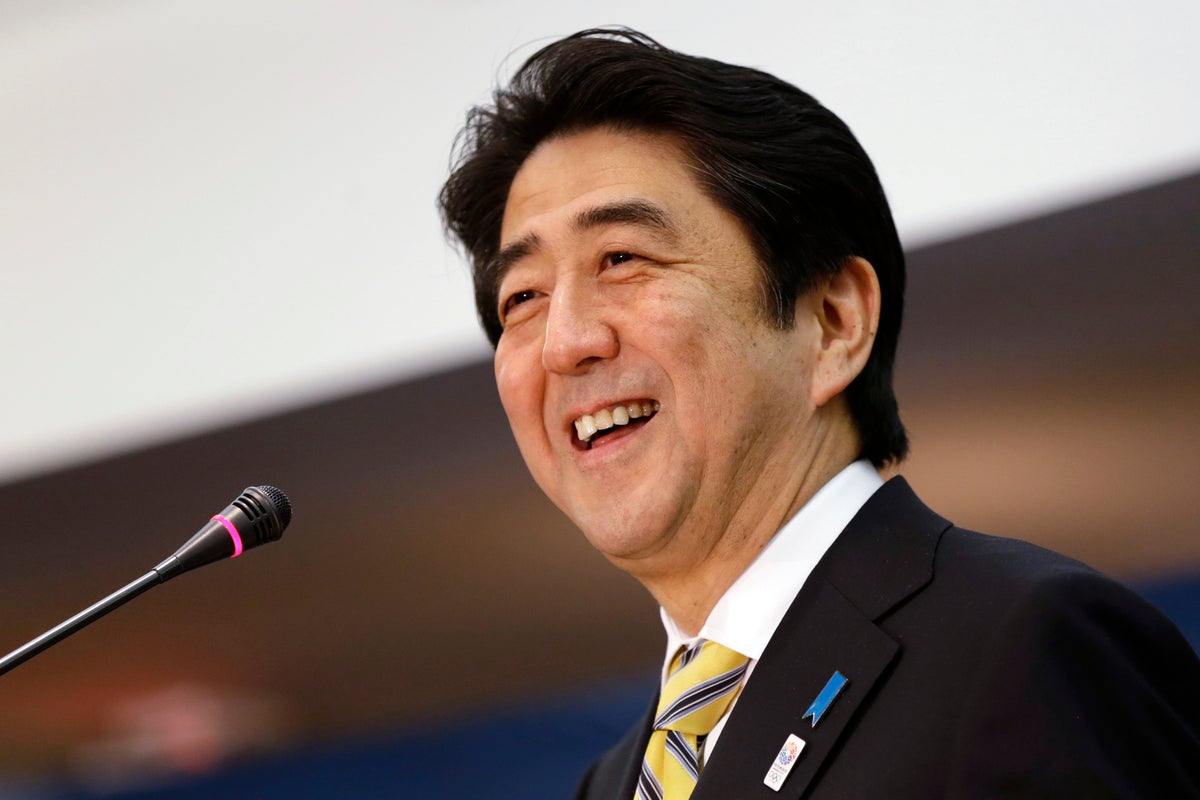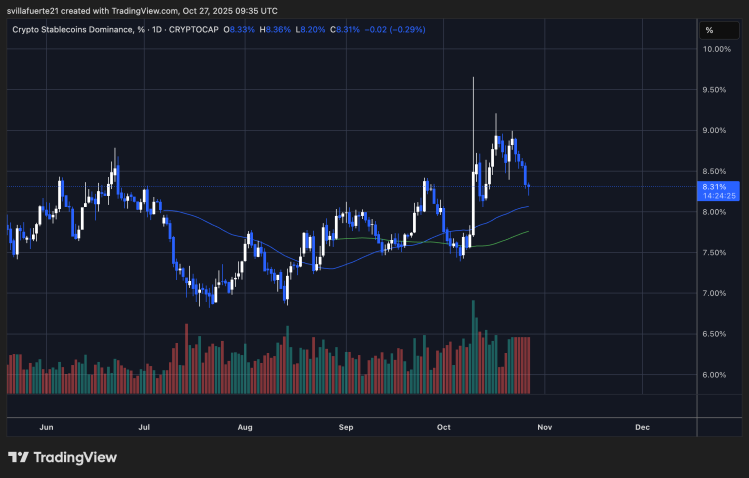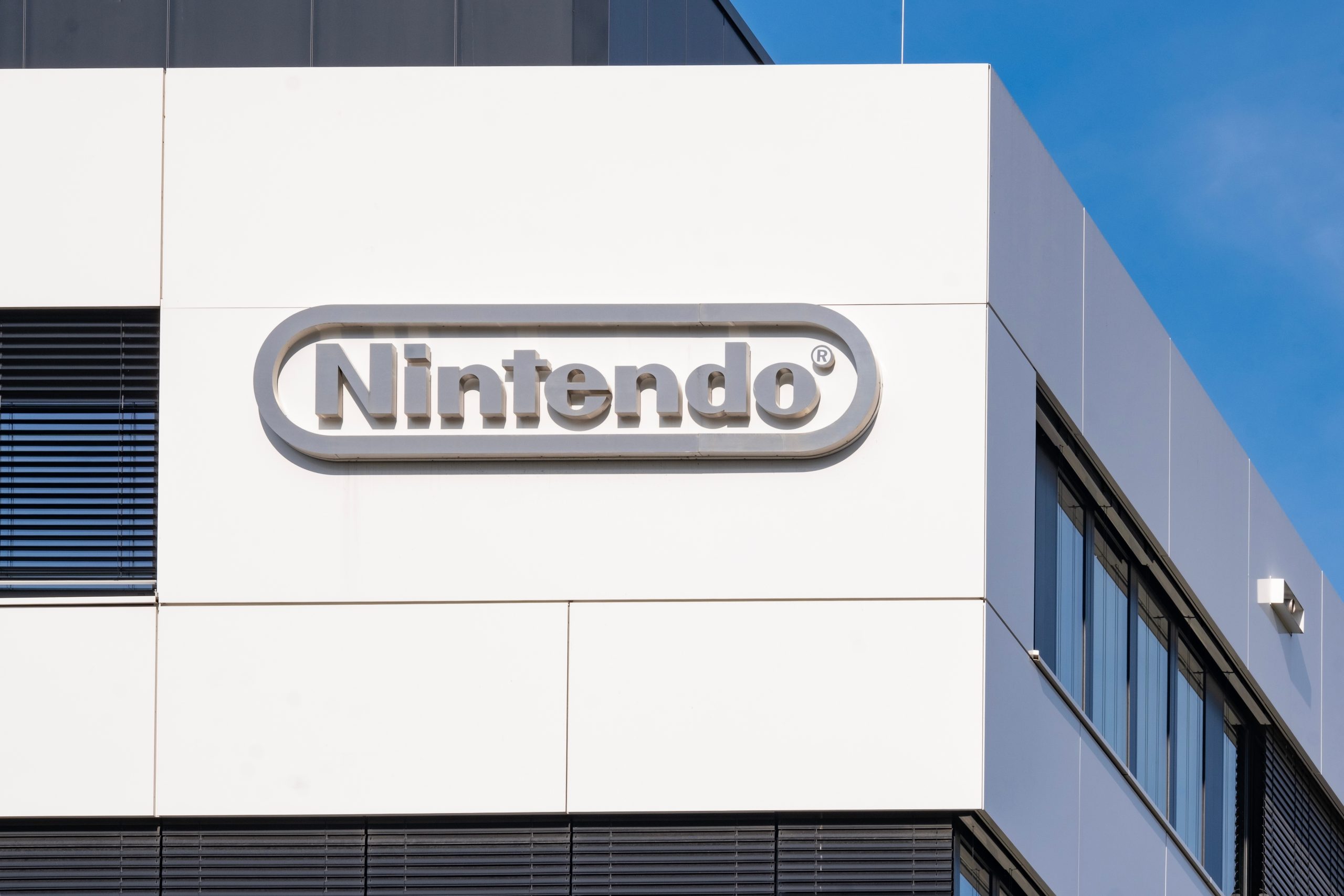Japan's $2T Payment Provider TIS Rolls Out Multi-Token Platform With Avalanche


Stablecoin transaction volume is soaring; meanwhile, tradfi companies are leaning in hard, and Japan’s first yen-denominated token has roared.
The post All is coming up stablecoins: volume soars, tradfi firms want in appeared first on CoinGeek.

Shinzo Abe’s death shocked Japan, a country with some of the world’s strictest gun laws

© AP

A notable transformation is currently being observed within the Japanese travel landscape. An unmistakable trend towards affordable, alternative overnight travel options has been established, a movement largely being driven by the persistent increase in hotel prices and a recognized deficit in the country’s room supply. In this environment, the interest of cost-conscious travelers has been successfully captured by integrated travel solutions, where transportation also serves as lodging. Consequently, the adoption of extended-distance ferries, specialized buses, and the use of camper vans for overnight stays is rapidly gaining momentum throughout Japan. The travel industry is responding with agility, ensuring that a variety of innovative products and services are being developed and introduced to meet this expanding demand.
The current shift in traveler preference is fundamentally linked to mounting financial pressures within the traditional hospitality sector. Research compiled by Tokyo Shoko Research has clearly illustrated a market where even the most affordable options are being subjected to price inflation. A comprehensive survey of the 15 main budget hotel brands indicated that a consistent shortage of available rooms nationwide is a primary factor pushing costs upwards. By March of the current year, it was determined that the average unit price for lodging had undergone a significant year-on-year increase, rising by 12.6 per cent to reach a figure of 16,679 yen (equivalent to approximately US$109).
Among the integrated travel solutions seeing renewed interest, overnight ferry services have been positioned as a highly attractive option. These maritime routes offer a compelling alternative by providing travelers with a convenient means of long-distance transport while simultaneously delivering a sheltered space for sleeping. A prominent example of this strategic pivot has been established by the Jumbo Ferry line. A specific overnight route, linking the city of Takamatsu in Shikoku to the major port of Kobe, was strategically introduced to capitalize on the heightened attention surrounding Expo 2025 being hosted in nearby Osaka.
Innovation on land routes is being driven by the introduction of specialized bus services that dramatically elevate the standards of overnight travel comfort. For decades, night buses have been utilized by budget-conscious travelers, but a significant upgrade to the experience is now being implemented. The transport operator Kochi Ekimae Kanko is spearheading this improvement by announcing the forthcoming launch of Japan’s first overnight bus service to feature lie-flat seats.
The growing popularity of mobile accommodations is being affirmed by the increasing adoption of camper vans by both domestic and international visitors. This mode of travel offers unparalleled flexibility and cost control, as accommodation expenses are significantly reduced or eliminated entirely. In recognition of this mounting trend, even established commercial enterprises are adapting their services to support the self-contained traveler.
A notable pilot programme was initiated in July by the convenience store chain Lawson. This initiative involves the temporary designation of parking spaces at seven of its stores in Chiba Prefecture for use as overnight car camping sites. For a nominal nightly fee of 3,000 yen, travelers are permitted to park their vehicles and are granted essential access to the store’s toilet facilities and electricity hookups. This type of corporate support for vehicular overnight stays is a clear indication that the market for flexible, vehicle-based travel is maturing. Such programs greatly enhance the viability of camper van and recreational vehicle travel, bridging the gap between informal roadside parking and more structured, expensive campsites. The accessibility and convenience provided by a network of well-located service stops are considered vital to sustaining this growth segment.
Underpinning the successful expansion of vehicular overnight travel is the extensive and increasingly vital network of michi no eki, or roadside rest areas. These facilities are integral to the travel infrastructure, offering more than just basic rest stops. They are consistently being developed and improved to provide a diverse array of services, including dedicated parking, clean restrooms, tourist information, and often a selection of eateries and shops. In many instances, the sites are strategically located to offer panoramic viewpoints or access to local attractions, such as natural hot springs.
The current trajectory of travel in Japan is being decisively shaped by market economics and the innovative responses of service providers. A clear and irreversible shift toward integrated, affordable, and flexible travel solutions is being executed. As hotel prices continue their ascent, the appeal of comfortable overnight travel options such as ferries, lie-flat buses, and organized camper vans is solidified. This movement is a testament to the resilience and adaptability of the Japanese travel industry, ensuring that the country remains accessible and welcoming to all, regardless of budgetary constraints. The market is effectively adapting, ensuring that the spirit of exploration is being served by a new generation of cost-efficient and experience-rich travel models.
The post Overnight Ferries And Lie-Flat Buses Emerge As Affordable Alternatives To Innovative Overnight Transit Amid Soaring Hotel Costs In Japan appeared first on Travel And Tour World.Japan has officially stepped into the regulated stablecoin era with the launch of JPYC EX, the country’s first fully licensed digital yen under the revised Payment Services Act. This milestone marks a pivotal moment for Japan’s financial sector, bridging traditional banking infrastructure with the Web3 ecosystem.
Building on earlier versions of JPYC, the new JPYC EX is designed to serve as a compliant, yen-backed stablecoin connecting the nation’s banking system to blockchain-based commerce, DeFi applications, and cross-border payments. With full legal authorization and asset backing, it positions the yen as a future cornerstone in global digital finance.
According to CryptoQuant, the total stablecoin market capitalization has now surpassed $150 billion, forming the backbone of liquidity for crypto markets, DeFi protocols, and global payments. Analysts from Citi and Bloomberg project that this figure could expand to between $1.6 and $4 trillion by 2030. Within that rapid growth, JPYC is forecasted to capture roughly 2% of the market, reaching a valuation of around $70 billion.
 A Fully Regulated Digital Yen Bridging Japan’s Finance and Web3
A Fully Regulated Digital Yen Bridging Japan’s Finance and Web3
What distinguishes JPYC EX from other stablecoins is its combination of regulatory clarity, asset backing, and technical versatility. Domestic bank deposits and Japanese government bonds fully collateralize each token, ensuring complete transparency and stability. This structure makes JPYC EX one of the world’s most legally robust stablecoins. A benchmark for compliance-driven innovation in digital finance.
Built on Ethereum, Polygon, and Avalanche, JPYC EX provides instant yen transfers with near-zero fees. Making it a practical tool for businesses and individuals alike. It supports commerce, payroll, peer-to-peer payments, and DeFi applications, offering the efficiency of blockchain without sacrificing legal or operational safeguards.
JPYC EX also aligns closely with Japan’s digital transformation strategy, which aims to merge traditional finance with emerging Web3 systems. By serving as a settlement layer for e-commerce platforms, NFT marketplaces, and cross-border transactions, the stablecoin enables instant yen transfers across Asia, lowering costs and increasing accessibility for international trade.
Looking ahead, analysts forecast JPYC’s market capitalization could reach $70 billion by 2030. It represents roughly 2% of the global stablecoin market. This growth potential underscores Japan’s ambition to establish the digital yen as a key pillar of the decentralized global economy. With its blend of regulatory trust, technological precision, and global reach, JPYC EX may redefine how national currencies operate in the Web3 era.
The chart shows that stablecoin market dominance currently sits around 8.31%, following a sharp rise earlier in October that pushed the ratio above 9%. This level often signals heightened demand for liquidity and safety, as traders move capital into stable assets amid market uncertainty.
Over the past few months, dominance has steadily climbed from the 7.3%–7.5% range, reflecting a cautious sentiment as Bitcoin and major altcoins face selling pressure. However, the recent pullback suggests that some funds are beginning to rotate back into risk assets, a potential early sign of market stabilization.

Technically, the dominance remains above both the 50-day and 200-day moving averages, indicating a broader uptrend in liquidity positioning. If this level holds, it may serve as a buffer during continued volatility. Conversely, a sustained drop below 8% could signal that traders are redeploying capital into crypto assets, possibly fueling short-term rallies.
Stablecoin dominance remains elevated — a sign that market participants still prefer holding dry powder. Until dominance begins a more decisive decline, this cautious stance will likely persist, underscoring the market’s fragile balance between risk-off sentiment and the readiness for re-entry into volatile assets.
Featured image from ChatGPT, chart from TradingView.com

Seeking a nature break not too far from bustling Kyoto, Tamara Davison checks in to Bayan Tree for hot spring dips and morning yoga classes

© Banyan Tree
JPYC Inc., a Tokyo-based fintech company, has officially launched Japan’s first yen-backed stablecoin, signalling a major shift in the nation’s approach to regulated digital assets.
The stablecoin, named JPYC, went live on October 27, 2025, following approval from Japan’s Financial Services Agency (FSA).
The stablecoin is fully backed by domestic bank deposits and Japanese government bonds, ensuring one-to-one convertibility with the yen.
The launch of JPYC marks a historic moment for Japan, making it the first country to circulate a stablecoin fully pegged to its national currency with full regulatory backing.
Alongside the stablecoin, JPYC introduced JPYC EX, a platform that enables users to issue and redeem the token.
The system follows strict identity verification and anti-money-laundering standards under Japan’s Act on Prevention of Transfer of Criminal Proceeds.
JPYC’s President, Noriyoshi Okabe, described the launch as a “major milestone in the history of Japanese currency.”
He said the initiative has already attracted interest from seven companies preparing to incorporate the coin into their services.
The company aims to issue up to 10 trillion yen worth of JPYC within three years while promoting it for both domestic and international use.
To encourage adoption, JPYC will not charge transaction fees initially. Instead, it will earn revenue from interest accrued on Japanese government bond (JGB) holdings.
Okabe explained that the goal is to reduce settlement costs and support innovation by offering businesses a low-fee digital transaction system.
According to a credible source, Japan’s three largest banks — Mitsubishi UFJ Financial Group, Sumitomo Mitsui Banking Corporation, and Mizuho Bank — are also preparing to launch their own yen-backed stablecoins on October 31.
Their joint initiative will use MUFG’s Progmat platform to facilitate corporate settlements, connecting hundreds of thousands of payment terminals across Japan.
Experts say these institutional moves could accelerate stablecoin adoption.
Tomoyuki Shimoda, a former Bank of Japan executive and current academic at Rikkyo University, believes that while yen-based stablecoins may take two to three years to achieve widespread use, megabank participation could quicken the pace.
But despite optimism, regulators and policymakers are treading carefully.
The Bank of Japan’s Deputy Governor, Ryozo Himino, has acknowledged that stablecoins could become “a key player in the global payment system,” potentially altering the role of traditional bank deposits.
However, officials remain cautious about the risks of funds flowing outside regulated financial systems.
The global stablecoin market, valued at over $286 billion, is currently dominated by dollar-pegged assets like Tether’s USDT and Circle’s USDC, which make up around 99% of total supply.
The introduction of a fully yen-backed digital currency represents Japan’s first significant step toward diversifying that landscape.
JPYC’s launch also reflects Japan’s broader ambitions to modernise its financial infrastructure.
By leveraging blockchain technology and government-backed reserves, the firm hopes to build trust in digital payments and enhance cross-border interoperability.
As other Asian economies such as South Korea and China explore similar initiatives, Japan’s early move could position it as a regional leader in stablecoin innovation.
JPYC’s no-fee model, backed by government bonds and regulatory approval, sets a unique precedent for how digital currencies can coexist with traditional financial systems.
The post JPYC Inc. launches first yen-backed stablecoin alongside issuance and redemption platform appeared first on CoinJournal.


Cambodia has just achieved a historic milestone in its aviation industry as well as its tourism industry with the launching of its inaugural scheduled flight between Phnom Penh and Tokyo. The national airline company, Air Cambodia, will operate the new route, which is set to be a game-changer in cementing Cambodia–Japan diplomatic relations, boosting tourism opportunities, and improving economic and cultural exchanges between the two nations.
The inaugural ceremony of the Phnom Penh–Tokyo flight took place at Techo International Airport and was a highly anticipated event. It was attended by key officials, including Tourism Minister Huot Hak, Mao Havannal, Minister of the State Secretariat of Civil Aviation (SSCA), Ueno Atsushi, Japan’s Ambassador to Cambodia, Zhan David, CEO of Air Cambodia, and Charles Van, Managing Director of Cambodia Airport Investment Co. Ltd. (CAIC). The event was a momentous occasion that highlighted the strong bilateral cooperation and shared goals between Cambodia and Japan.
Minister Huot Hak emphasized the importance of the new air route in further enhancing tourism, trade, and investment between the two nations. He described the route as a “historic moment” that would not only make travel more convenient but also provide more opportunities for Japanese visitors to explore Cambodia’s rich culture and natural beauty. This new connection offers the tourism industry a significant boost, especially as the world moves towards post-pandemic recovery and increased international travel.
This new air route marks a significant step forward in strengthening Cambodia’s tourism industry, which has shown great resilience in recovering from the COVID-19 pandemic. The Cambodian government has expressed its optimism about how this flight will help boost the number of Japanese visitors, a group already familiar with the kingdom’s cultural and historical landmarks. Japan’s long-standing friendship with Cambodia has already seen significant trade and investment exchanges, and this new flight is expected to further accelerate these areas.
Minister Hak also highlighted the opportunities for increased trade, pointing out that Japan is one of Cambodia’s most important economic partners. He expressed hope that the new route would pave the way for new partnerships, leading to increased business opportunities, especially in sectors such as agriculture, manufacturing, and technology.
The launch of this flight is part of Cambodia’s efforts to restore international air connectivity following the disruptions caused by the pandemic. Minister Mao Havannal spoke about the country’s achievements in the recovery of the aviation sector, noting that Cambodia welcomed over 5.1 million international passengers in the first nine months of 2025, reflecting a 14% year-on-year increase compared to 2024.
Before the pandemic, in 2019, Cambodia welcomed nearly 200,000 Japanese tourists. With the introduction of this new route, the Ministry of Tourism aims to see these numbers increase significantly, further cementing Cambodia’s role as a regional tourism hub.
The Phnom Penh–Tokyo route will operate three times a week—on Wednesdays, Fridays, and Sundays—giving travelers a convenient schedule for both business and leisure trips. The flight, which includes a stopover in Fuzhou, Fujian Province (China), will open up additional connectivity options, allowing travelers to connect to other destinations in China and the broader Asia-Pacific region.
The frequency of the flight is set to meet the demands of Japanese business travelers looking to visit Cambodia, while also catering to tourists wishing to explore Cambodia’s diverse cultural heritage and scenic beauty. It is also expected to serve as a gateway for Cambodian travelers to explore Japan and nearby destinations in East Asia.
Beyond the economic and trade benefits, the new flight route is expected to deepen the cultural exchange between Cambodia and Japan. Cambodia, with its rich history, ancient temples, and breathtaking landscapes, offers a unique cultural experience for Japanese tourists. Meanwhile, Japanese culture, known for its technological innovation, art, and traditions, will provide ample opportunities for Cambodia to learn and engage more closely with one of Asia’s leading economies.
Cultural exchange will not only help boost tourism but also create opportunities for educational collaboration, people-to-people connections, and tourism-related events such as film festivals, art exhibitions, and cultural festivals.
Looking ahead, the launch of this new air route sets the stage for even greater cooperation between Cambodia and Japan. As bilateral relations continue to evolve, the Cambodian government is exploring further aviation partnerships with Japan and other countries, as part of its broader strategy to strengthen regional connectivity and tourism networks. The government is committed to working closely with airlines, tourism organizations, and private-sector partners to increase the number of direct flights and expand air travel routes that will make Cambodia more accessible to the world.
The flight is just one of the many steps Cambodia is taking to position itself as a key player in Southeast Asia’s aviation and tourism industries, attracting more international tourists, businesses, and investors. The introduction of this direct flight not only improves connectivity but also shows Cambodia’s commitment to the post-pandemic recovery of global tourism.
In summary, the opening of the Phnom Penh–Tokyo route is an important breakthrough for Cambodia’s aviation sector and tourism market. The direct flight improves air connectivity, provides new opportunities for business, and deepens cultural exchange between Cambodia and Japan. With increasing cooperation in trade, tourism, and investment, this route is a testament to the robust alliance between the two nations, signifying the dawn of a new era of cooperation and mutual development.
The post Air Cambodia Launches First Scheduled Flight from Phnom Penh to Tokyo, Boosting the Economic Ties, Tourism Growth and Cultural Exchange in Between Cambodia and Japan appeared first on Travel And Tour World.

Russia says the bombers completed a routine flight over ‘neutral’ international waters

© Shinjiro Koizum
